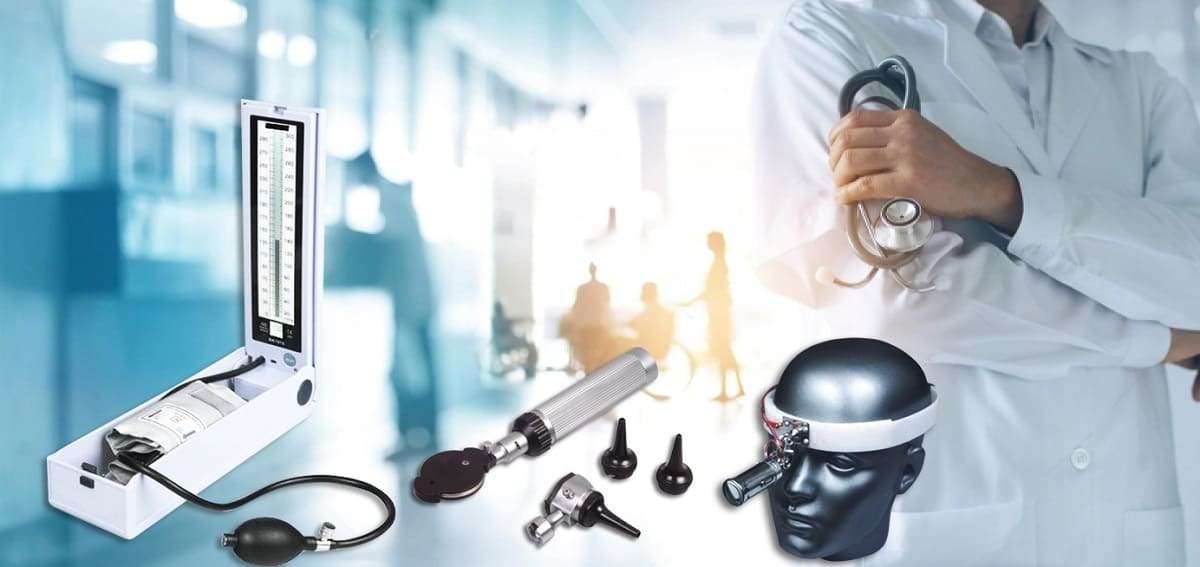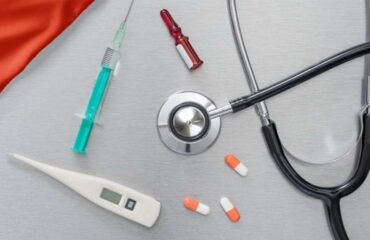Diagnostic products in India, as in many parts of the world, encompass a wide range of tools and kits used for the detection, monitoring, and diagnosis of various health conditions. These products can be broadly classified into several categories based on their applications and the type of diagnostics they perform.

Here are the main types and their uses:
Clinical Chemistry Diagnostics
- Types: Blood glucose monitors, cholesterol test kits, electrolyte analyzers, liver function tests, kidney function tests.
- Uses: These are used to analyze biochemical processes in the body. They help in diagnosing conditions like diabetes, hyperlipidemia, liver diseases, and kidney dysfunction.
Hematology Diagnostics
- Types: Complete blood count (CBC) analyzers, coagulation analyzers.
- Uses: These are used to examine blood samples for conditions such as anemia, infections, clotting disorders, and leukemias.
Immunoassay Diagnostics
- Types: Enzyme-linked immunosorbent assay (ELISA) kits, radioimmunoassay kits.
- Uses: These kits are used to detect specific proteins, hormones, or antibodies in blood samples. Common applications include pregnancy testing, hormone level monitoring, and infectious disease detection (e.g., HIV, hepatitis).
Molecular Diagnostics
- Types: PCR (polymerase chain reaction) kits, nucleic acid testing (NAT) kits.
- Uses: These are used for the detection of genetic material from pathogens or for genetic testing. They are crucial for diagnosing infectious diseases (e.g., COVID-19, tuberculosis), genetic disorders, and for personalized medicine approaches.
Microbiology Diagnostics
- Types: Culture media, microbial identification systems, antibiotic susceptibility testing kits.
- Uses: These are used to detect and identify microorganisms such as bacteria, viruses, fungi, and parasites. They are essential for diagnosing infections and determining appropriate antimicrobial treatments.
Point-of-Care Testing (POCT)
- Types: Rapid diagnostic tests (RDTs), lateral flow assays, handheld blood glucose meters.
- Uses: These are designed for quick, on-the-spot testing, often without the need for sophisticated laboratory equipment. They are widely used in emergency settings, remote areas, and for at-home monitoring.
Histopathology and Cytology Diagnostics
- Types: Biopsy kits, cytology kits, immunohistochemistry (IHC) kits.
- Uses: These are used to examine tissue samples and cells under a microscope to detect abnormalities, cancers, and other diseases at a cellular level.
Radiology and Imaging Diagnostics
- Types: X-ray machines, ultrasound machines, MRI scanners, CT scanners.
- Uses: These imaging tools are used to visualize the internal structures of the body, aiding in the diagnosis of a wide range of conditions from fractures and tumors to vascular diseases.
Cardiac Diagnostics
- Types: Electrocardiograms (ECG), echocardiograms, cardiac markers (e.g., troponin test kits).
- Uses: These are used to monitor heart function and diagnose cardiac conditions such as arrhythmias, myocardial infarctions (heart attacks), and heart failure.
Infectious Disease Diagnostics
- Types: Serology tests, antigen tests, nucleic acid tests.
- Uses: These are specifically designed to detect pathogens causing infectious diseases, including bacteria, viruses, and parasites. Examples include tests for malaria, dengue, HIV, and COVID-19.
Home Diagnostics
- Types: Pregnancy tests, ovulation predictor kits, home glucose monitoring systems, home cholesterol test kits.
- Uses: These allow individuals to monitor certain health parameters conveniently at home, aiding in early detection and ongoing management of chronic conditions.
Trends and Developments
- Technological Advancements: Integration of AI and machine learning for predictive diagnostics.
- Telemedicine and Remote Diagnostics: Growing demand for telehealth services and home-based diagnostic kits.
- Regulatory Developments: Strengthening of regulatory frameworks to ensure the quality and reliability of diagnostic products.
Conclusion
Diagnostic products in India are vital for the effective management of health conditions, enabling timely and accurate diagnosis, which is crucial for effective treatment and improved health outcomes. With continuous advancements in technology and increased accessibility, these products play an essential role in the healthcare system.
